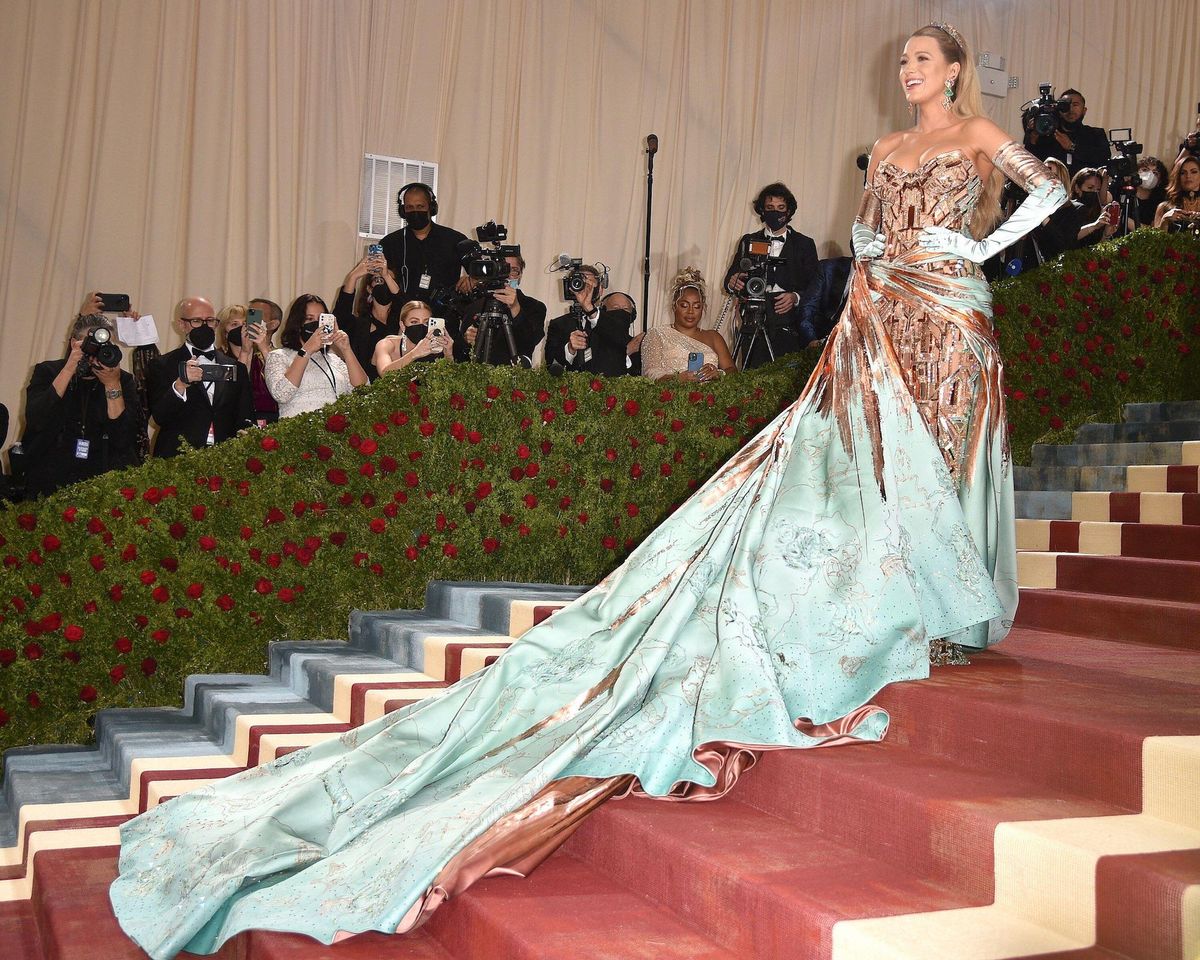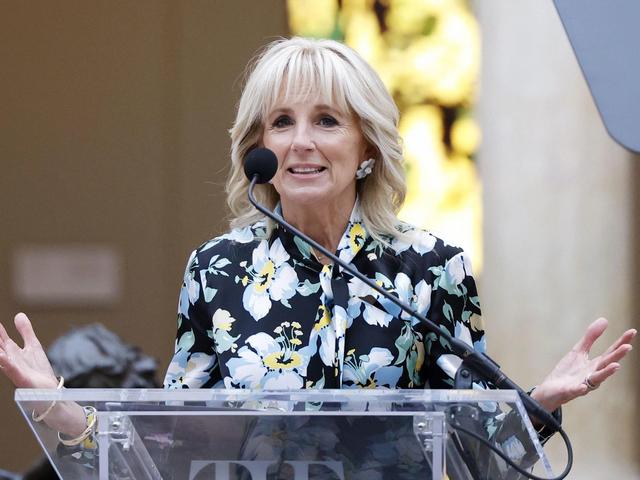There was a contradiction at the heart of this year’s Met Gala, the annual haute couture fundraiser held at the Metropolitan Museum on Monday evening (2 May). The theme of Gilded Glamour—rooted in the Gilded Age of the late 19th century, but with red carpet looks reaching towards the Roaring Twenties—in theory offered a platform to take a contemporary look at American history, with all its inequalities and exclusions. But it seemed the designs were mostly unable or unwilling to look this history in the face.
So many of the looks felt funereal: black and sombre. Whether it was Janelle Monae's shimmering black Ralph Lauren dress or the veil worn by Sarah Jessica Parker, many of the night's looks seemed to be announcing that the Gilded Age is dead and gone, as if there’s nothing that can be learned from an era that was defined by rapid changes in society and work, and the income inequality that came with them. Rather than looking at the Roaring Twenties as an analogue for our current decade—with all of its political uncertainty and inequality—attendees of the Met Gala couldn’t seem to come to terms with the let-them-eat-cake extravagance that defined the aesthetic of the Gilded Age. Conan Gray’s Valentino design captured this in an interesting way; it was decadent and bejeweled, but in a manner that felt light and ethereal. Hamish Bowles’s look, with a tiara beneath a tophat, took the economics of the age—old money and new; inherited wealth and the kind made from changes in industry and capitalism—and brought them crashing together. These looks were decadent but sly, winking at the excesses of the era without fully embracing them.
On the other end of the spectrum was Riz Ahmed. In a look that might not necessarily scream high fashion, his more casual approach to the red carpet was framed as an homage to the working-class immigrants who essentially kept the Gilded Age gilded. In Ahmed’s own words, he looked to “elevate, celebrate, those-working class immigrants”. This was one of the many small acts of subversion on this year’s red carpet. More common than this explicitly political one—which emphasised the gilded portion of the theme, but sidestepped the glamour—were those that challenged the era’s coded gender norms. From Jesse Buckley’s drawn-on moustache to Evan Mock’s corset and Russell Westbrook’s skirt, these looks were more willing to challenge the rigidity of the 19th century. This is what made Blake Lively’s elaborate dress, with an architectural reveal hidden beneath a giant bow, so impressive. It challenged expectations by drawing on the architecture and art deco design of the era and turning it into fashion.
Some, however, took the Gilded Glamour theme and ran with it into the future—including Janelle Monáe and Teyana Taylor—exposing the contradiction that this year’s Gala couldn’t seem to escape. For all of its subversive moments and futurist gestures, the Gilded Age existed in a strangely apolitical space on the steps of the Met. Wendi Deng Murdoch, decked out in feathers more than anything else, leaned most directly into what this kind of opulence looks like. Simply put, she looked expensive, illustrating the ways in which wealth itself was—and still is—a symbol.
In 2022, the power of wealth, and the gap between those who have it and those who don’t, is even more stark than it was 150 years ago during the Gilded Age itself. Alexandria Ocasio-Cortez’s (in)famous “TAX THE RICH” dress from last year might not have felt so out of place here. But these contemporary responses to the theme seem to have been incapable of grappling with its broader implications. The more things change, the more they stay the same.
The question of what a political look for the Met Gala resembles and can do will always be fraught. New York City mayor Eric Adams wearing a tuxedo jacket with “END GUN VIOLENCE” emblazoned on the back seemed to be this year’s entry into that category. But for an era as defined by upheaval as the Gilded Age to have inspired so many middle-of-the-road responses felt strange. And while there were flashes of a kind of contemporary version of the divide between old money and new money represented in the guest list itself—with historic names in art, film and fashion representing the old, and someone like Elon Musk representing the new—the attendees' looks themselves seemed to reflect an uncertainty, as though the glitterati of our age were trying to lay to rest (or fast-forward through) a moment in history that may not have ended.



